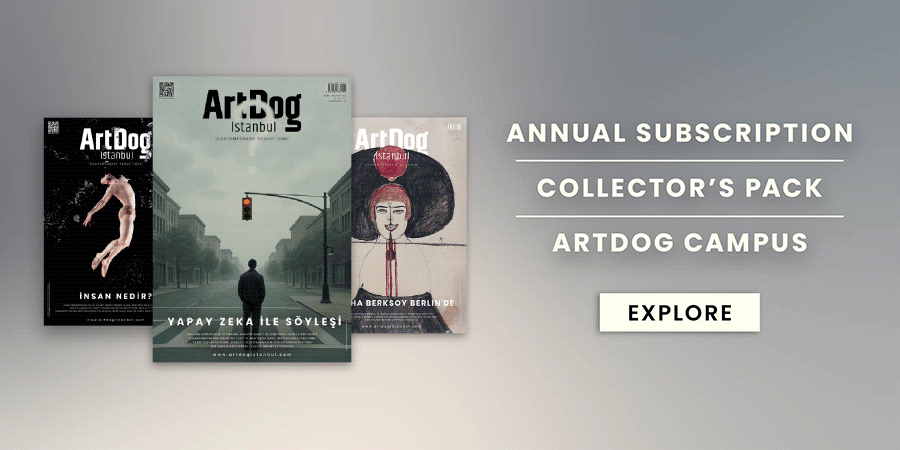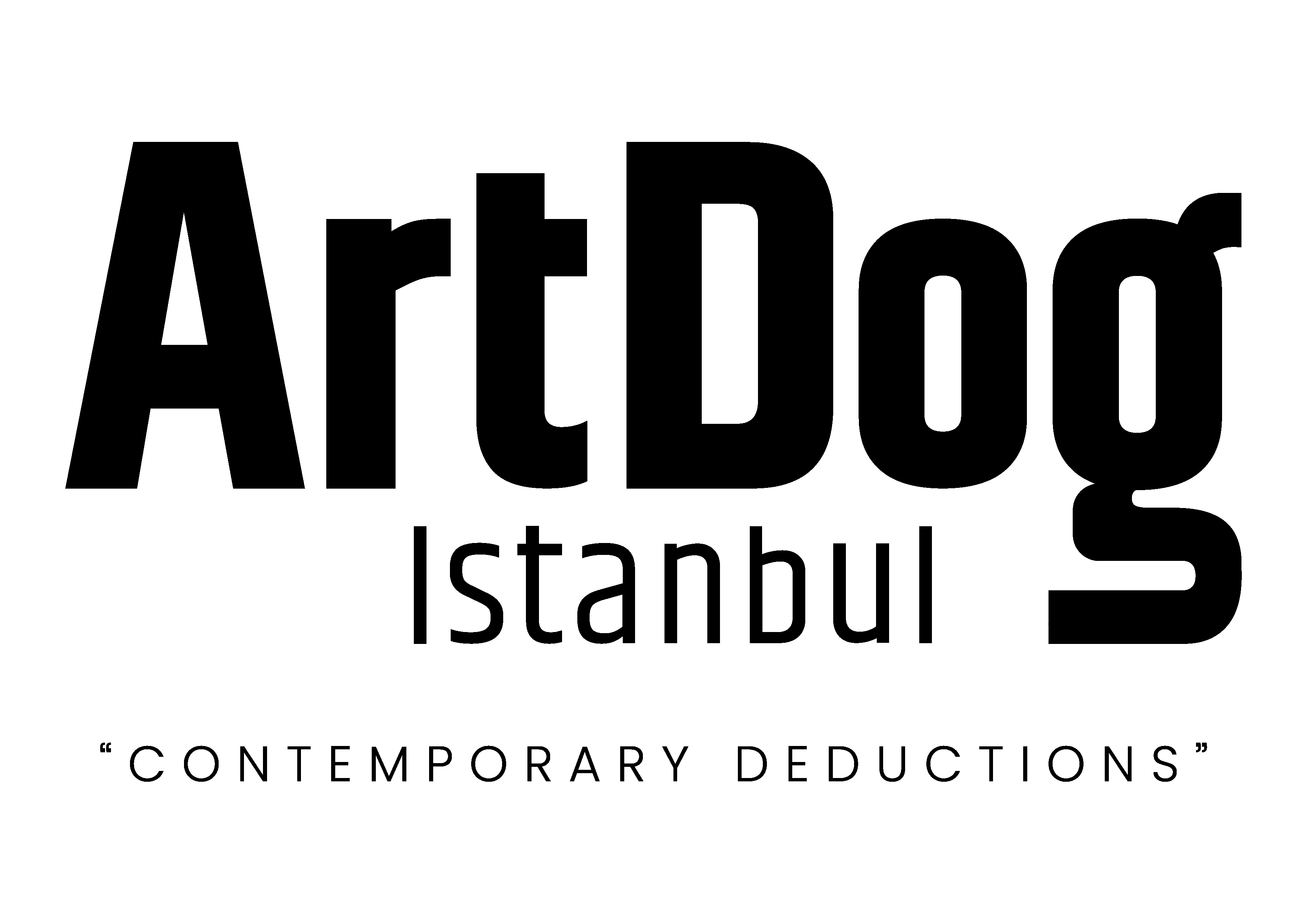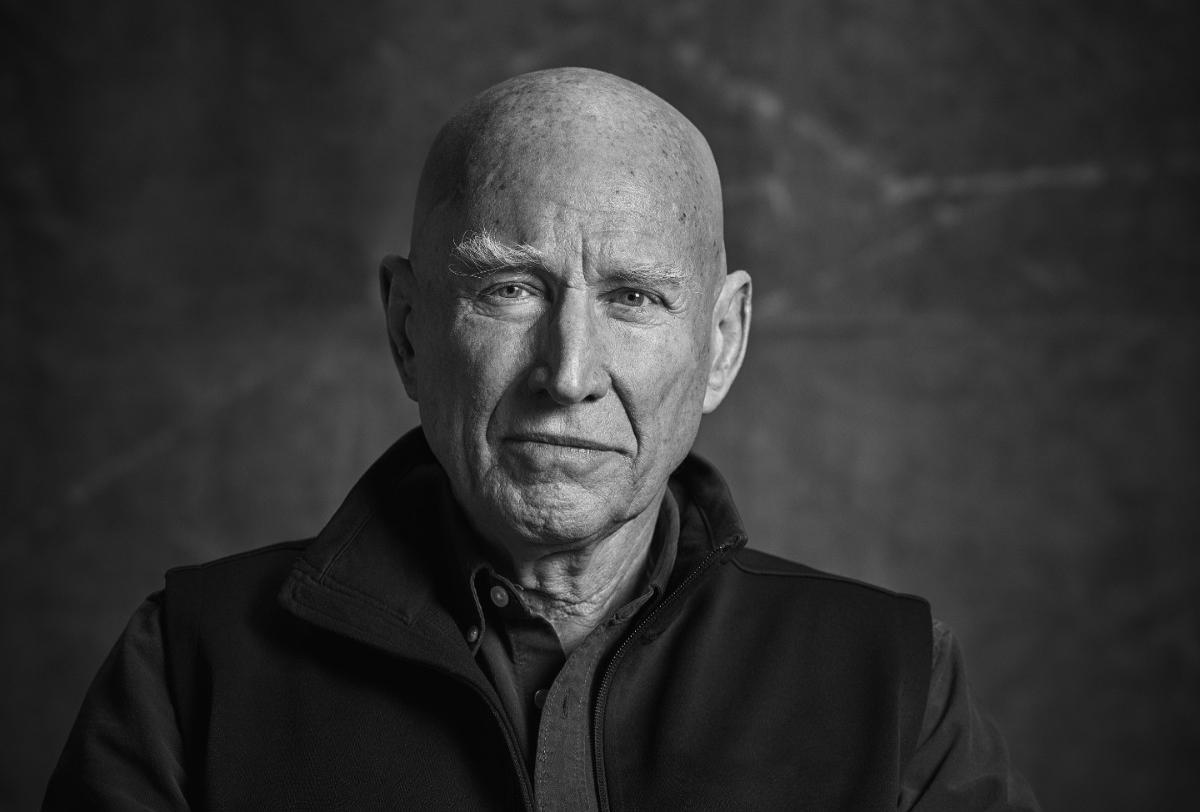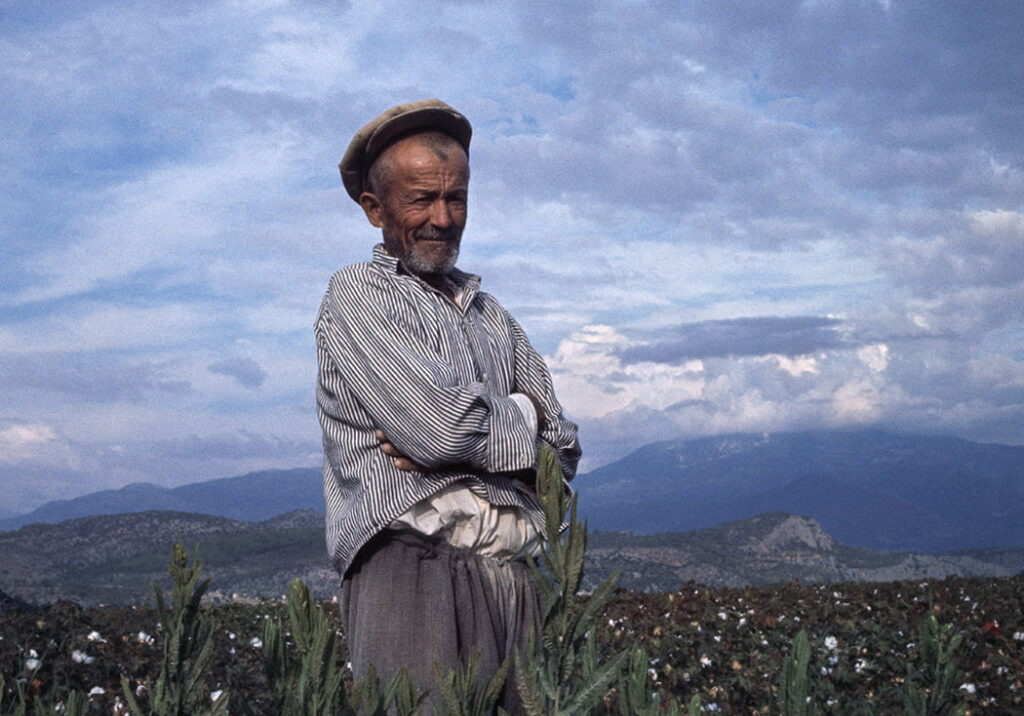Anna Laudel is presenting Cansu Yıldıran’s first solo exhibition, titled The Dispossessed, featuring selections from her autobiographical series, which she has been working on for over a decade, at Zai Yaşam Bodrum until July 6.
Cansu Yıldıran, who works with different mediums such as photography, video, and sculpture, gives her series, which lends its name to the The Dispossessed exhibition in Bodrum, visibility to forms of resistance against dispossession processes through an alliance woven between women, nature, and animals in the Kuşmer Plateau of the Black Sea.
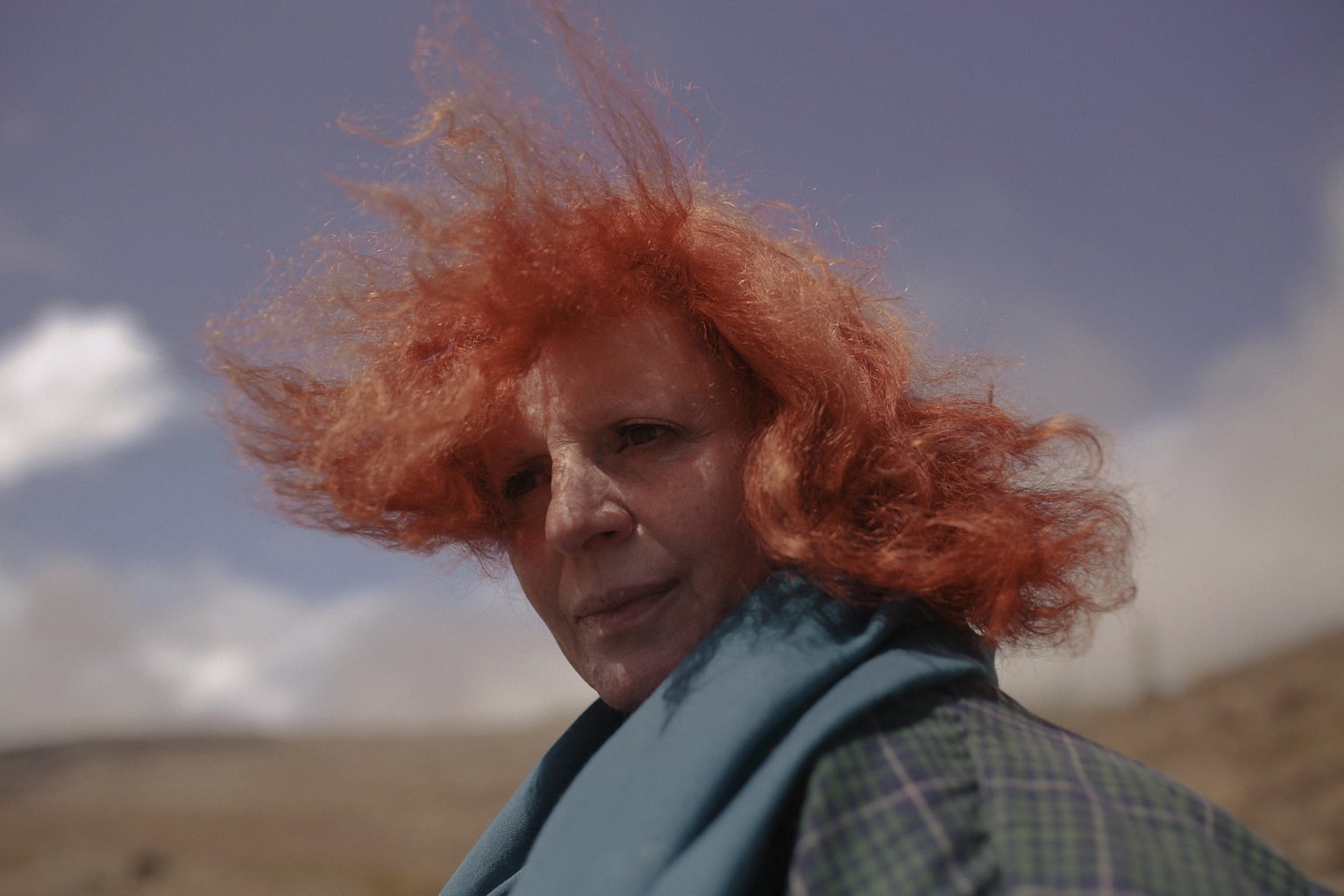
With her photographs, Yıldıran stands against the patriarchal property regime here, imagining, questioning, and researching forms of belonging, ownership, and connection to place that are not tied to property. The deeds to Kuşmer Plateau, located on the borders of Bayburt, are registered in the village of Şur (Şahinkaya) in Çaykara, kilometers away. In this geography, where the private property regime does not grant women the right to acquire land and housing, Yıldıran’s mother left behind not even a single tree when she married and migrated. Nevertheless, the artist’s family returns to the plateau every year. The Dispossessed approaches these returns as a practice of remembrance and belonging, intertwining the historical and social context with Yıldıran’s personal memory and nomadic life experience.
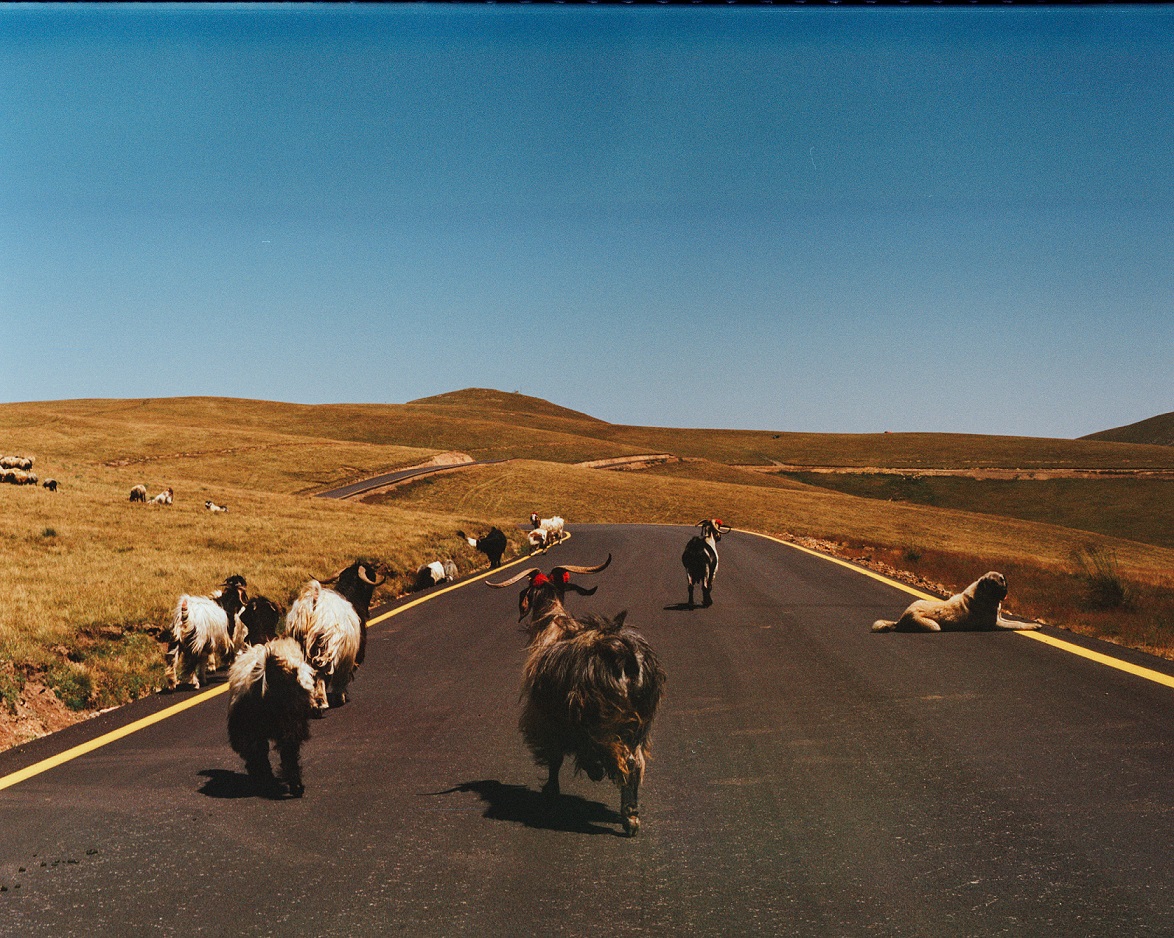
Notable for its theoretical background, The Dispossessed focuses not only on women but also on the relationships they establish with the living beings and natural elements around them. While making visible the oppression and inequalities faced by Kuşmerli women, she does not position them as victims; rather, she reveals how they have rooted themselves in the space through everyday production practices such as baking, harvesting, gathering, and storing. Yıldıran, in narrating these forms of existence, demonstrates that a spatial belonging beyond property is possible. The relationship that women establish with the land, plants, and animals develops by turning, bending, and stretching, and in this way, it becomes a form of resistance. Faces illuminated by flashes, grotesque bodies, and eerie landscapes construct the visual narrative of this resistance.

